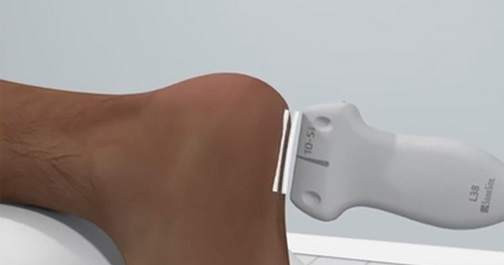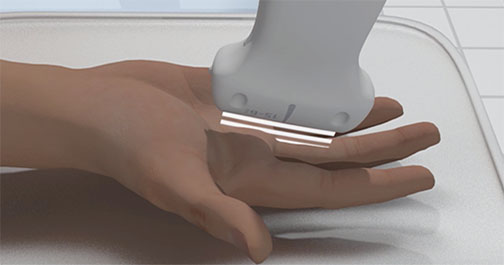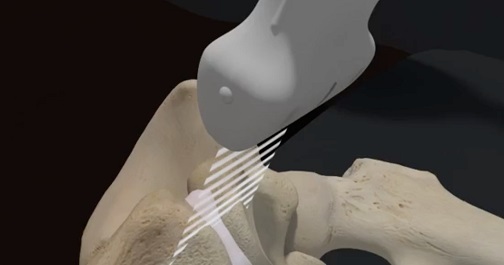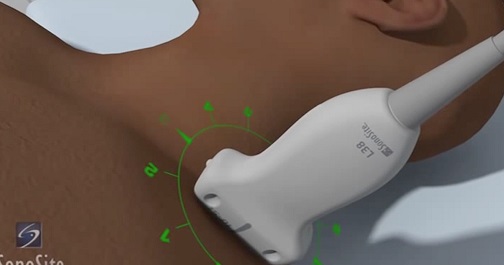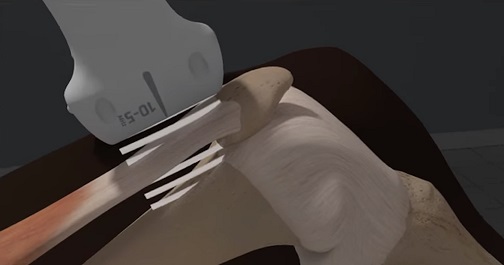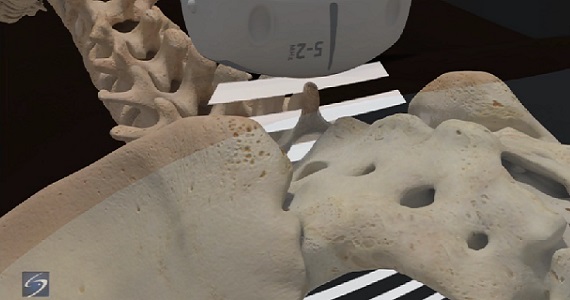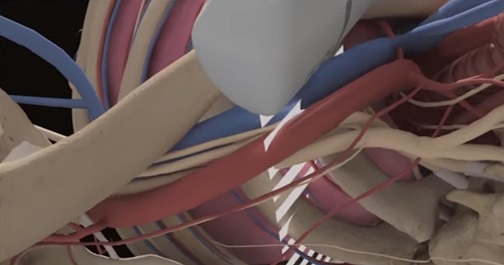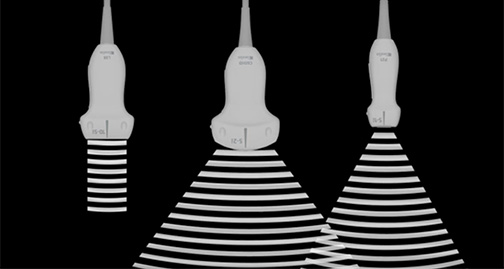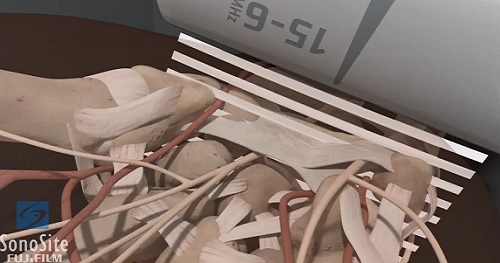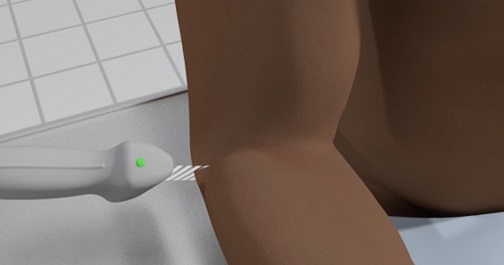
Elbow (English Only)
This course is designed for medical professionals utilizing point-of-care ultrasound who want to build on their elbow injection skills. Review lateral, anterior, medial, and posterior elbow anatomy. Learn best practices for common extensor tendon, cubital tunnel, median and ulnar nerve, posterior recess, and radiocapitellar joint injections.




